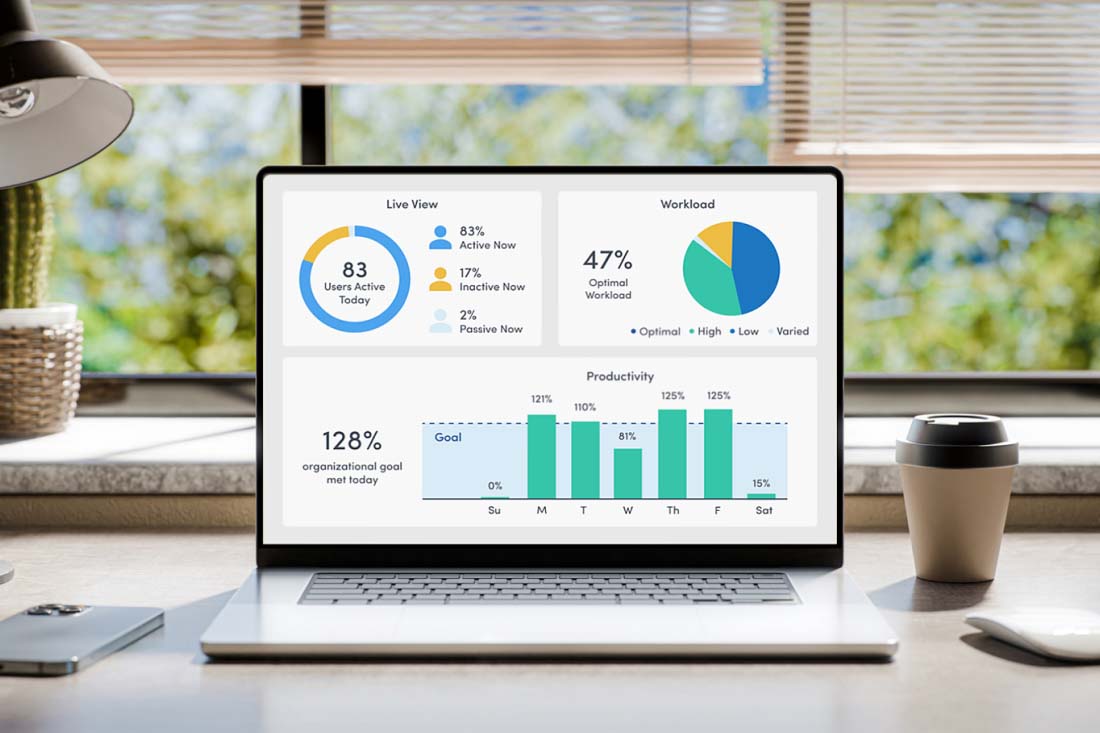Workforce segmentation has gained a lot of attention in recent years — and for good reason. This leadership strategy has the power to optimize your workforce, improve productivity and increase ROI. Keep reading for a primer on workforce segmentation, along with steps for applying it to your own employees and teams.
What is workforce segmentation?
Workforce segmentation is the process of categorizing employees based on factors that influence their work performance. This includes anything from roles and skill sets to experience and geographical locations.
Why is workforce segmentation important?
Workforce segmentation enables leadership to align your workforce with business goals. Understanding the strengths and challenges of each segment empowers you to identify skill gaps, customize professional development plans and meet the unique needs of each employee group.
It’s also a great way to make the most of available resources. Investing in the right training and development ensures employees will continue to grow — to the benefit of your business. And it’s not just ideal for upskilling current staff. Workforce segmentation also helps you anticipate future talent needs, whether that means recruiting new employees or preparing people for leadership roles.
Workforce segmentation methods
There are numerous ways to segment your workforce depending on your goals. The most effective methods include:
- Job-based segmentation: Categorizing employees based on their titles or responsibilities, to ensure people are aligned to the roles best fitting their skills and strengths
- Performance-based segmentation: Classifying individuals and teams based on productivity levels to replicate best practices and identify areas for improvement
- Skills-based segmentation: Organizing employees based on competencies and expertise to identify skills gaps
- Location-based segmentation: Grouping people based on where they work — in the office, from home or both — to see where employees perform best
- Engagement-based segmentation: Categorizing employees based on engagement metrics to spot early signs of burnout and determine how best to invest in the employee experience
5 steps to effective workforce segmentation
Not sure where to start? Follow these steps:
1. Identify your top factors
Don’t get bogged down by every possible segmentation method. Instead, decide which factors matter most at your organization. Have a mix of in-office, remote and hybrid workers? Segmenting by location will help you understand which settings yield the best results. Preparing to scale your workforce? Start with roles- and skills-based segmentation criteria to understand what gaps you need to fill.
2. Gather data
Next, collect data on your workforce to accurately assign employees to the right segments. This may involve conducting surveys, analyzing performance metrics or leveraging existing HR systems. Better yet, use workforce analytics software like ActivTrak to automatically gather unbiased insights for a process that’s much faster and easier than manual collection.
3. Analyze and categorize
Use your data to map each individual or team to the appropriate segments. For example, if you’re segmenting by skills, create a category for each desired skill set. Then, within each category, list all employees who have those specific skills. For even more detail, create subcategories for levels of expertise — beginner, intermediate and advanced. Workforce analytics software can make this process significantly easier by automatically categorizing employees and allowing you to drill down into intuitive dashboards.
4. Develop tailored strategies
Once you’ve segmented your workforce, develop tailored strategies for each segment to optimize performance and growth. If you have a large number in the “beginner” category mentioned above, create a plan to upskill. If your segmentation reveals remote teams are more productive than in-office groups, test extending your work from home policy to other departments. There are countless ways to use workforce segmentation — take advantage of as many opportunities as possible.
5. Monitor and adjust
Continuously monitor the effectiveness of your segmentation strategy and make adjustments as needed to ensure ongoing success. This might mean adding more segments as your workforce grows, or removing some that no longer apply.
Overcoming challenges in workforce segmentation
While workforce segmentation offers numerous benefits, it’s not without challenges. One of the biggest roadblocks is workforce data. Many organizations still struggle to collect it, and two-thirds of executives say they’re uncomfortable using it. Make sure you have a reliable, easy-to-use data method in place first, before launching your segmentation strategy.
Trust is also an issue for many organizations. Many employees will resist attempts at segmentation, usually because they fear bias and favoritism. For this reason, transparency is key. When you’re upfront with employees about how and why you plan to segment, they’re less inclined to push back — and may even volunteer to help.
Begin the process of workforce segmentation with ActivTrak
Ready to harness the power of workforce segmentation? ActivTrak provides the workforce analytics you need to get started today. Quickly create groups based on performance, productivity, engagement and more. It’s all presented in easy-to-understand graphs and charts so you can quickly decide what actions to take. Schedule a demo for a behind-the-scenes tour and get started today.





